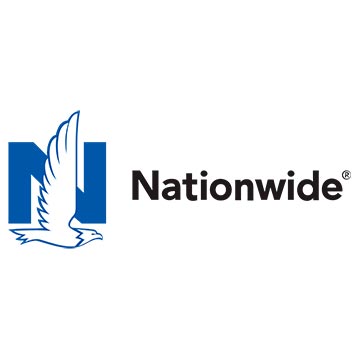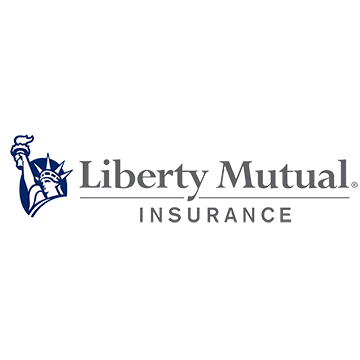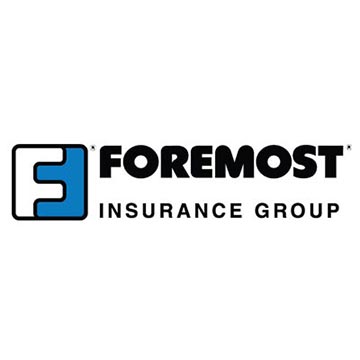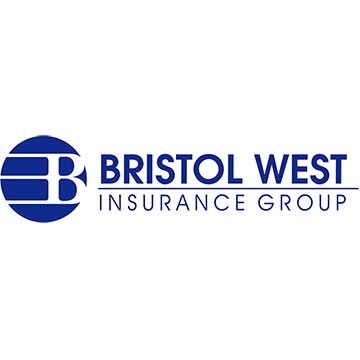Ordinance or Law Coverage
The situation can be specifically addressed by working with your insurance advisor and construction professional who are versed in coverage and current code requirements.
Start a Quote Online Find an Agent
The current ISO Commercial Property Causes of Loss form contains an exclusion stating that the insurer will not pay for loss or damage caused directly or indirectly by "the enforcement of any ordinance or law: (1) regulating the construction, use or repair of any property; or (2) requiring the tear down of any property, including the cost of removing its debris". Most other property insurance forms, including homeowners and HPR forms contain a similar exclusion. The exclusion is directed at the application of building codes—construction, electrical, plumbing, or fire safety—"that may require more expensive reconstruction materials, installations, designs or methods after the loss than those used in the existing building; and zoning laws that may prohibit present occupancy or that impose onerous building or lot size or frontage requirements or restrictions".
The exclusion triggers three distinct and separate areas of uninsured loss: (1) the value of the undamaged portion of a building when the building must be torn down or modified to meet current code, when the damage exceeds the percentage specified in the code, or when reconstruction at the same site is not permitted; (2) the cost of demolition and debris removal of the undamaged portions; and, (3) the increased cost of reconstruction-the added cost to repair or rebuild according to the current code.
With all of this in mind, each building owner will need to make a determination of how to handle the problem. The situation can be specifically addressed by working with your insurance advisor and construction professional who are versed in coverage and current code requirements.
In conjunction with ISO's simplified commercial lines forms, Building Ordinance Coverage endorsement-CP0405-was introduced. The latest revision to the form (2002) provides coverage for the three areas of concern: Coverage A-coverage for loss to the undamaged portion of the building; Coverage B-demolition costs; and, Coverage C-increased costs of construction. Coverage under the Building Ordinance Coverage responds only if the following occurs: (1) the loss is caused by a cover peril, (2) the loss breaches the "major damage" threshold-as defined by the jurisdiction, and, (3) the damaged building must be lacking in, or deficient of, some aspect of local building codes in effect at the time of the loss.
Coverage A insures against loss to the undamaged portion of the building. It pays for the value of the property that must be intentionally destroyed. Coverage applies only for that portion of the building that must be destroyed in order to comply with a building code or ordinance that was previously grandfathered that is imposed following a covered loss. The coverage limit selected for A will be the same limit as is on the building shown in the declarations. It is not possible for an insured to predetermine a value on a possible undamaged portion of a building that may have to be demolished! (rating for coverage A is based on a rate surcharge applied to the total building limit).
Coverage B-Demolition costs: Coverage here applies only to demolish the portion of the building that must be removed in order to comply with a building code or ordinance that was previously grandfathered that is imposed following a covered loss.
Coverage C insures against the increased costs to repair or rebuild the property to comply with current building, zoning or land use ordinances or laws. This coverage is very important for any business subject to the Americans with Disabilities Act (ADA). This coverage also applies to the increased cost of repair or reconstruction of; excavations, grading, backfilling and filling, foundations, piling and underground pipes, flues and drains.
A special note should be made regarding form CP0405—coverage does not include any coverage for pollution, fungus, or mold, even if an ordinance or law requires cleaning up a contaminated or affected building.
Coverage limits for B & C are not automatically set-as is Coverage A, so special care must be used to select an appropriate limit. Working with a construction or demolition contractor to assist in arriving at limits for these two coverage areas should be helpful.
Another coverage area that can be discussed with your insurance advisor is Ordinance or Law-increased period of Restoration-CP1531.This is a business income form that can provide the insured with the income lost while the damaged covered property is being repaired. There are some very specific provisions as to when and how this form will apply, so care must be used!
Ordinance or Law coverage can also be applies to Homeowner Associations. Although usually not required by the association's governing documents, it may certainly be an issue to be reviewed by the board of directors, with assistance from their legal counsel and insurance advisor.
Article By: Dennis Gambill - The author is an Insurance Litigation consultant. Adjunct professor at EMC for 8 years-Risk & Insurance. 40+ years-both MGA and agency experience.

We'll Shop Around So You Don't Have To
Start a quote by filling out our online application providing us with the basic information we need to perform a quote. It only takes a few minutes and we'll respond within one business day.
Start a Quote Contact UsWe're Hiring
We're looking for industry experienced folks to join our team. Contact us at 406-652-4180 to inquire.
Top 10 Reasons You Need Cyber Liability Insurance
No matter what type of business you run, where you're located, or how much time you spend online – your business needs Cyber Liability Insurance.
business riskProfessional Liability Insurance
Almost every business or firm can become liable for injury to others resulting from a condition on its premises or arising out of its operations, products, completed work or actions of its employees.
business riskAnti-Indemnity Statute
Indemnity clauses generally are more common to construction projects primarily due to the risks involved maintaining a safe work environment.
business riskOur Insurance Partners











— Protecting Everything You Value Most —
Darnielle Insurance is available to answer your questions. We are located at 1320 28th Street West, Billings, MT 59102. Give us a call at 406-652-4180.